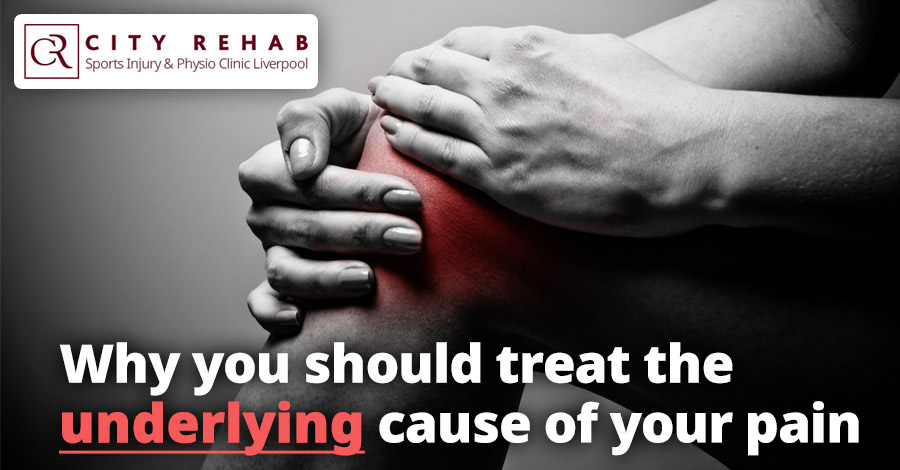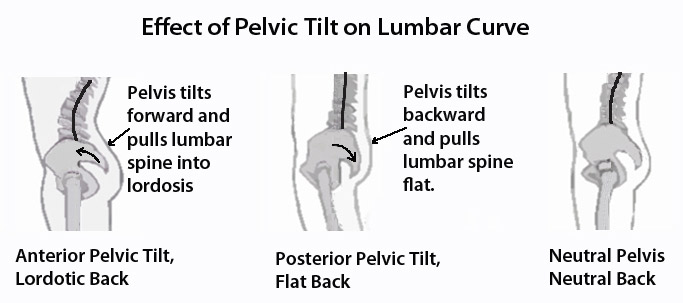Rehab exercises: Treating the underlying cause of your injury & pain!

So we’ve discussed what we do with you when you come into clinic and why, we’ve also talked about why we send you away with those pesky stretches to do; now we want to touch upon the reason behind all those weird and wonderful exercises we give you.
By now you should have an understanding that here at City Rehab, we first and foremost aim to reduce your symptoms, increase your mobility and generally make you much more comfortable by settling your injury down. However, if that was all we were to do then over time it is highly likely that the same injury would return, frustrating us but more importantly you!
Why it's important to treat your injury from the outset
If the cause of your injury isn’t treated from the outset then chances are your pain will return and you’ll be forced to take more time away from your sport or activity, reduce or stop training and seek more sports rehabilitation or physiotherapy which ends up costing you more! As Sports Rehabilitation specialists, we pride ourselves on treating the underlying cause of your pain, not just your symptoms. We aim to do this by educating you and your body about your injury and this is where the emphasis on complying with your exercise programme is essential.
Manual therapy plays a key role in improving the symptoms of your injury
As we’ve discussed in previous blogs, manual therapy plays a key role in improving the symptoms of your injury and stretching helps to maintain those benefits, so where do the exercises come in? It is with the performance of the exercises that the root cause of your injury is tackled, not only do we want to reduce your pain but we want to make sure that we minimise the risk of it returning. You may have heard us use the phrase “loosen what’s tight and strengthen what’s weak”, this is the basic principle for most musculoskeletal injuries as it’ll be the tight /overactive structures that will pull your body out of position while the weak /underactive structures will allow this to happen. If we combine both problems the result is poor joint or limb movement and pain! The corrective exercises allow us to re-educate the body by breaking bad habits and laying down new ones, thus creating improved, more efficient movement patterns. If we can correct the biomechanical fault that lead to your injury then we can ensure that you won’t suffer with the same issue again.
A simple example of this imbalance (see the diagram below) is someone with lower back pain which is caused by overactive quads (thigh muscles) and lower back muscles and underactive abdominals and glutes. This causes what we call an anterior pelvic tilt and a Lordosis posture, where your lower back is arched excessively. In this case the Lumbar vertebrae facet joints are forcibly compressed which results in pain.

Now unfortunately there are no quick-fixes with injury rehabilitation; re-educating the body isn’t an overnight occurrence, it does take time and perseverance as well as some effort on your part. There is only so much we can do, we need your input too! The more compliant you are with your home exercise programme, the faster things will start to resolve which means you’ll be in less pain, you’ll get back to activity sooner and of course the added bonus of spending less money to come and see us. It is equally important to keep up with your rehabilitation even after your pain subsides, we all know how easily bad habits creep back in and if the brain and body are not constantly reminded to behave in the more competent manner in which you’ve taught them then it is possible that your injury will return.
We believe that an injury should be dealt with in full from the moment it occurred
Injury rehabilitation requires a combination of hands-on treatment, stretching and strengthening exercises in order to fully resolve the whole problem. We believe that an injury should be dealt with in full, from the moment it occurred and reducing the acute symptoms, right through to getting you back to full activity, pain free of course, and without reoccurrence. Most musculoskeletal injuries are as a result of some sort of biomechanical fault and /or muscle imbalance which can lead to overload of muscles, ligaments, joints and nerves and therefore leads to injury. Corrective exercises allow us to minimise the risk of this happening by re-educating the body and restoring biomechanical equilibrium. It is essential that the root cause of your injury is dealt with via these remedial exercises because without them the injury rehabilitation process will be missing a vital link.

